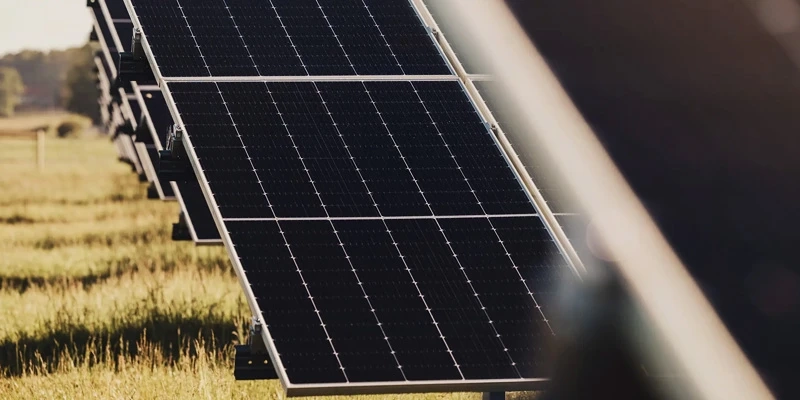

In the southern Swedish region of Skåne County, where large-scale solar farms such as the Skurup Solar PV Park operate, a local energy provider found itself grappling with the challenge of aligning high solar generation during peak hours with variable demand and storage constraints. As Sweden continues its energy transition, many industrial and commercial sites face a growing need to balance solar power production with real-time consumption. Seasonal variations, fluctuating sunshine hours, and rising grid demand lead to inefficiencies, energy waste and increased downtime risk. The operator of multiple sites under this local energy provider required an intelligent way to coordinate their battery energy storage systems (BESS) with solar arrays to minimise waste, reduce operational interruptions and maintain reliable supply throughout the year.
The IoT-Powered Solution
An advanced Energy Management System (EMS) was deployed to connect distributed solar arrays and battery energy storage units across multiple sites in southern Sweden. The solution is built on a modular IoT architecture utilizing Milesight industrial gateways and sensors, which collect and transmit real-time data via the LoRaWAN protocol to ensure long-range, low-power communication between field devices and the central control system.
A centralized data interface provides operators with a unified view of all connected assets — including solar inverters, battery banks, and fuel cells — enabling efficient monitoring, diagnostics, and optimization of energy flows. Automated logic dynamically adjusts charging, discharging, and distribution parameters based on live production, consumption, and grid conditions, maximizing the efficiency of both solar generation and storage performance.
Customizable alerts and predictive maintenance tools identify irregularities before they cause failures, while role-based user access control ensures that only authorized personnel can configure or modify critical EMS functions. The resulting infrastructure combines industrial-grade IoT hardware and intelligent automation to deliver a robust, scalable foundation for renewable energy operations across the region.
The Results
The deployment of the new IoT-enabled Energy Management System brought a step-change in operational efficiency across the sites in southern Sweden. Automated energy flow optimization continuously balanced solar generation and battery charging cycles, reducing losses and ensuring that available energy was stored and used at the right time. This intelligent control helped maintain high system performance even during periods of low sunlight and seasonal variability.
As the system matured, predictive maintenance analytics began identifying performance anomalies early — well before they could result in equipment failure or costly downtime. Operators were able to schedule interventions precisely when needed, keeping uptime high and service interruptions rare.
With all energy assets and performance data unified in one interface, facility managers gained access to powerful reporting tools and real-time analytics. These insights supported data-driven decision-making around energy distribution, demand planning, and long-term storage capacity management.
Together, these improvements created a resilient and adaptive energy infrastructure that seamlessly integrates solar power and battery storage — strengthening Sweden’s commitment to clean, efficient, and locally managed renewable energy.
